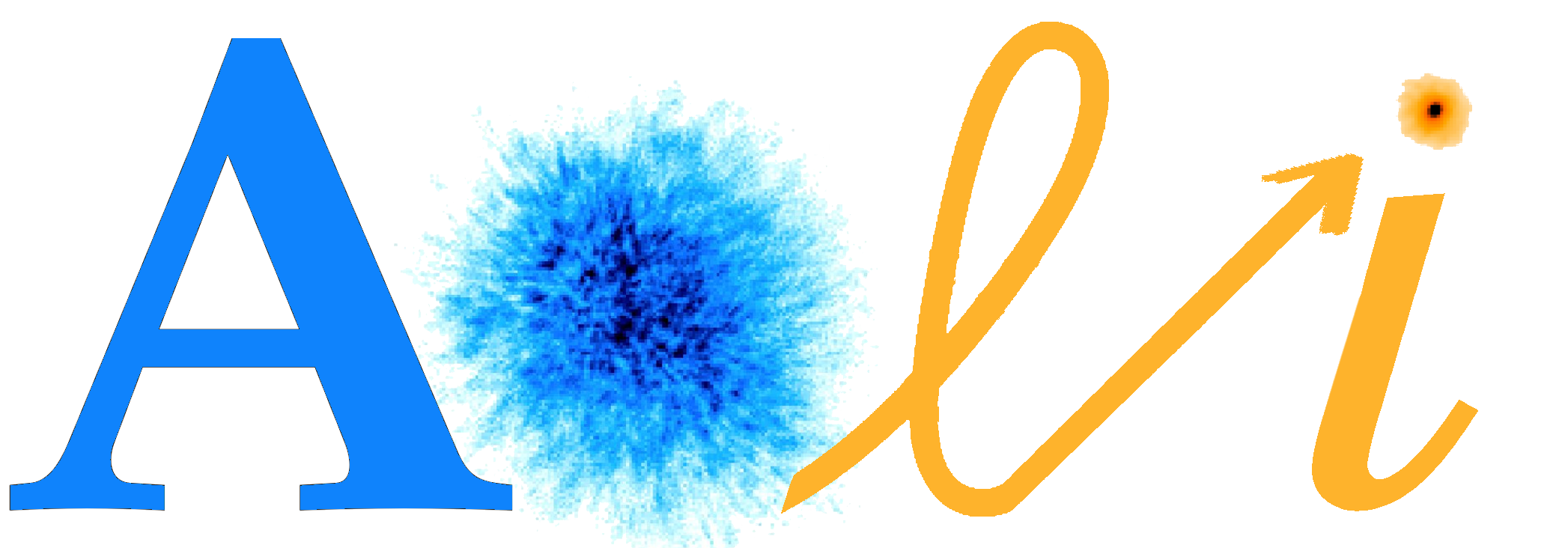High Spatial Resolution Instrumentation
Presentation
AOLI, Adaptive Optics Lucky Imager, is an instrument developed to deliver the highest spatial resolution ever obtained in astrophysics in the visible, ~20 mas, from ground-based telescopes.
This instrument is planned as a double system to use adaptive optics (AO) and lucky imaging (LI), the two most successful techniques to obtain extremely high resolution. LI offers excellent and cheap results on small and medium size telescopes, but it only allows achieving a resolution similar to that of the HST. The addition of low-order AO with a new tomographic image pupil wavefront sensor to the system before the LI camera enhances the reachable resolution as it removes the highest scale turbulences maximizing the LI process at larger telescopes.
Aiming at this challenging goal we have built AOLI putting together the expertise of IAC, IoA, UTPC, Univ. Cologne and Univ. La Laguna, each group in charge of a different part of the puzzle. To face the defiance that AOLI represents we have implemented a new philosophy of instrumental prototyping by modularizing all its components: simulator/calibrator, deformable mirror, science and WFS modules. This modular concept, which is really suitable for AOLI, offers huge flexibility regarding the instrument to be developed, the telescope to which this instrument is planned or the addition of future developments and improvements. AOLI has now been restructured not only to make the AIV phase well but also to be able to integrate this system in different ways (scale, WFS-type,) or to adapt it to different telescopes.
Results
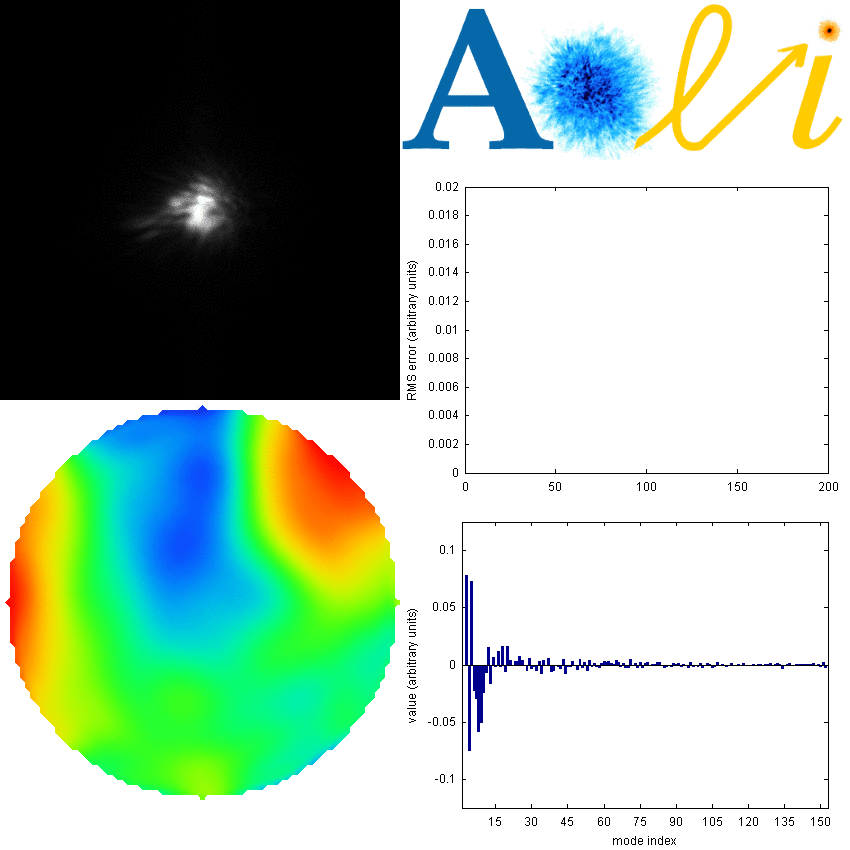
Sequence showing the closing loop in AOLI at WHT.
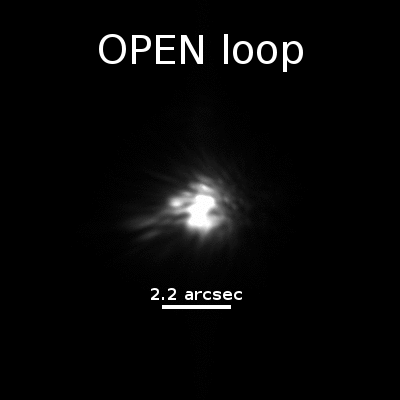
A sequence showing the closing loop with AOLI at WHT. Seeing was 2.2arcsec in that moment.
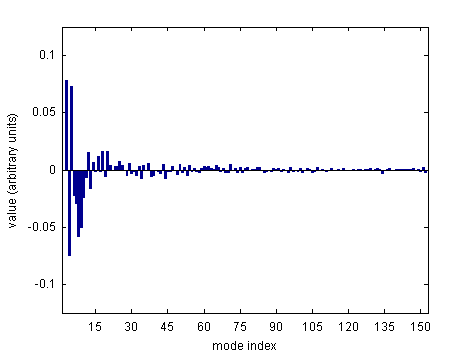
These plots correspond to the annular Zernike modes of Deformable Mirror from the open loop configuration to close loop. The piston and tip-tilt modes were not considered.
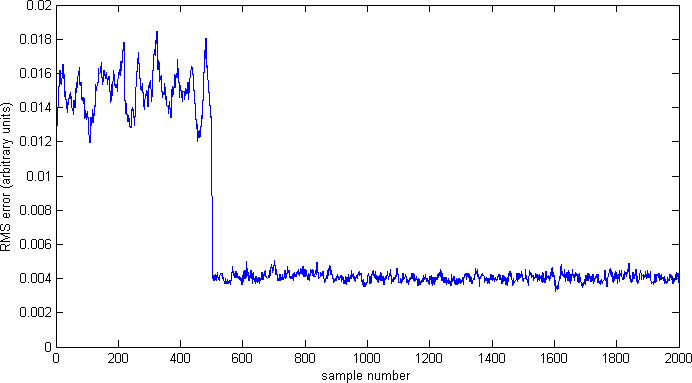
Here, the RMS error in the correction of the wavefront by the DM during the transition closing the AO loop.
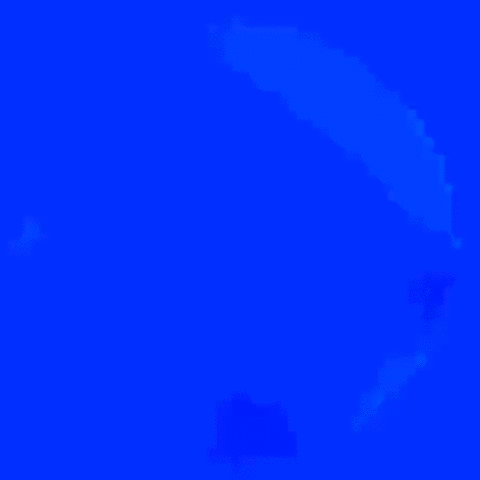
Testing the wavefront in pupil when the DM actuators are activate one each time.
